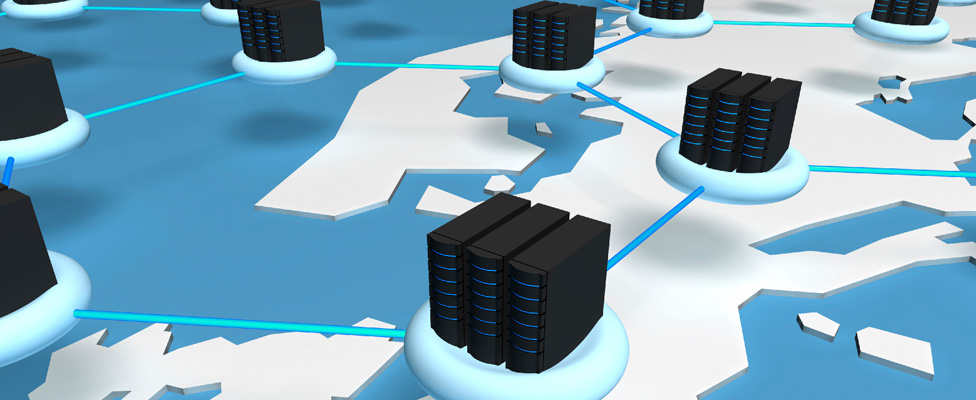
IoT and the Data Oasis: 3 Imperatives of IoT's Future in Your Enterprise
It's difficult to predict the future in our fast-paced world, but three trends stand out as having the biggest impact IoT will have on your organization.
[Editor's note: This is the first article in a series about finding and benefiting from the data oasis in the Internet of Things (IoT).]
By Asim Razvi
The IoT space -- the collection and analysis of vast amounts of data collected by a variety of new and yet-to-be invented devices -- continues to grow. The question is: what will be the scope of the change IoT will bring over the next five years.
Remember when Microsoft, Blackberry, Myspace, and Dell were the tech titans? At that time, if you had predicted the eventual fall (or at least loss of market share) you'd have been met with widespread disbelief. We all know what happened -- now we have an entirely different set of players, including Apple, Amazon, Google, and Ebay. These companies banked on new technology and the ability to execute their strategies with it. In fact, the very creation of that technology allowed the new tech titans to harness large amounts of data and fuel the IoT revolution.
What is the IoT revolution, exactly, and what will be the impact on your organization?
Simply put, it will be a confluence of technologies that create a new marketplace of creativity in which data will be a crucial source of value. That confluence will include such areas are virtual reality, artificial intelligence, driverless cars, RFID, and big data. As these technologies mature, number of IoT connected devices will grow rapidly and the amount of sensor data available for immediate consumption will grow even faster.
The importance of this paradigm shift is such that if companies are not well placed to take advantage of the new marketplace, they'll face the same fate as yesterday's tech titans that were unable to adapt, innovate, or monetize their data.
It's always dangerous to make predictions in such a fast paced industry, but three trends are clear.
1. As devices become connected, the ability to decipher, analyze, and make decisions with that data will become the primary drivers of decisions in your organization. Traditional transactions will still make up the bulk of the data you analyze, but those transactions look backwards. IoT is all about the present -- the real-time, right-now present. Fortunately, we now have maturing architectures that can handle large amounts of streaming data with redundancy and can do so in real time if needed.
2. Mobile computing will morph into mobile collection. You must be prepared to collect more and different kinds of data in new places. Think about how IoT devices can be used. Healthcare sensors can record data thanks to new wearables that analyze perspiration and body temperature as well as activity levels and intensity to warn users of potential problems before they happen. RFID chips already track inventory in real time and help manage transportation logistics. Adding in the geospatial component and we begin to foster the ability to build a large amount of creative and incredibly useful apps that will leave the current apps for mobile seeming like they came from the middle ages. Driverless-car data allows urban planners to monitor and monetize trends in commuting; your business can use some of the same geospatial information to display ads on in-car entertainment systems or use the data to choose new store locations based on personalized data aggregated across your customers' demographics.
3. Be fleet of foot or forget it. As IoT turns up the volume of data, you must turn up the heat in your operations. The ability to execute quickly in this IoT-driven data oasis will be paramount. As companies expand into the oasis, they will need to complement their current architectures with hybrid ecosystems to move data, manage compliance, and provide information that can be quickly packaged and monetized and acted on. We know that real-time was a mantra that never really took hold for many companies in the early part of this decade -- they honestly had no decision that justified the expense. With IoT, most companies will need to prepare their business, their infrastructure, and their processes to move at the new speed of business -- and that will be at the speed of innovation.
Asim Razvi is the vice president of education and research for TDWI. Asim has designed and delivered many business intelligence solutions over the last 25 years across multiple industries. He is known for working with SCE on its Smart Grid solutions, the first implementation of DB2 OLAP in healthcare and multiple successful BI road maps for the Fortune 500. He is responsible for development of content, events, and research for TDWI. He has built and managed multiple business intelligence practices for Accenture, PricewaterhouseCoopers, and Cognizant. You can contact the author at [email protected].